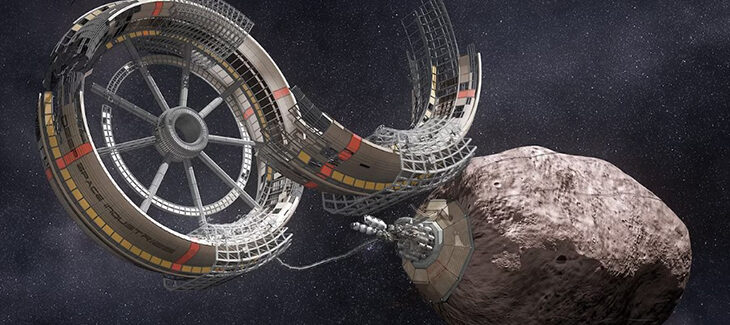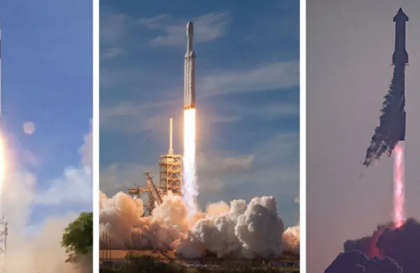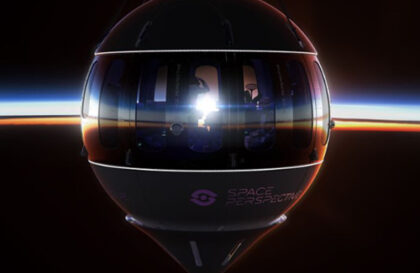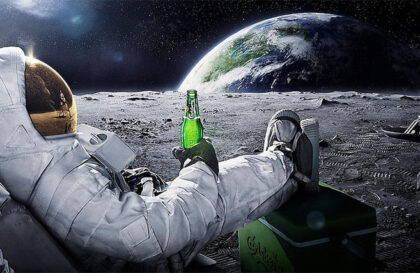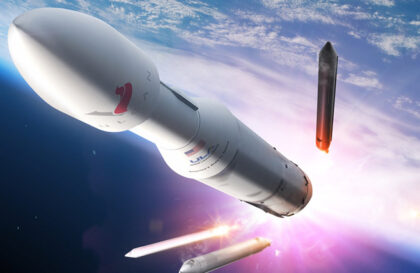Although asteroids are usually seen as a threat to Earth and humanity, they can unexpectedly become a source of salvation.
The achievements of the space agencies of Japan and the United States in the reorientation and study of asteroids have caused discussions among scientists and economists about the feasibility of transferring human activities into space. In particular, the possibility of ending the extraction of minerals on Earth and transitioning to space bodies was proposed.
The concept of space mining is not only a means of increasing financial gain but also a step towards saving the Earth from depletion.
According to Lange’s research, it was found that within the next three to four decades, the extraction of specific metals from space could surpass the extraction from Earth.
It is believed that, on a gram per metric ton basis, metallic asteroids contain a thousand times more nickel (16 Psyche, 22 Calliope, 89 Julia, 208 Lacrimosa.) than is present in the Earth’s crust. These asteroids also boast significant concentrations of metals such as iron, cobalt, platinum, and others.
Robotically capture a small near-Earth asteroid and redirect it safely to the Earth-Moon system, where astronauts can visit and explore it. Credit: NASA
16 Psyche is one of the largest asteroids in the asteroid belt and is considered a metallic asteroid, mainly composed of iron and nickel. Scientists believe this asteroid may have a structure similar to the core of a planet.
6 Gea is a metallic asteroid that contains a significant amount of iron.
22 Calliope is known for its metallic properties, including its iron content.
87 Sylvia – The average size of the asteroid Sylvia, also known as a metallic asteroid, is estimated to be about 177 miles (286 km).
Cobalt costs approximately $33,000 per ton, while nickel costs roughly $20,000 per ton. The rise in demand for these metals has been driven by the increased use of electric vehicles, which require nearly six times more minerals than conventional cars, including nickel for solar panels and cobalt for wind turbines.
Cobalt demand could skyrocket sixfold from current rates, reaching one million tons annually by 2050. Likewise, depending on the world’s commitment to clean energy, demand for nickel could quadruple its current volume by 2050. In the same year, Demand for platinum group metals for catalysts and fuel cells is also expected to grow.
Banner image: Credit: COURTESY BRYAN VERSTEEGM, DSI
Image credit:
https://www.nationalgeographic.com
https://www.jpl.nasa.gov
